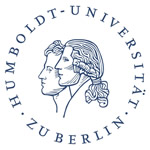Quantum Rolling Friction
Summary (expand/hide)
An atom moving in a vacuum at constant velocity and parallel to a surface experiences a frictional force induced by the dissipative interaction with the quantum fluctuations of the electromagnetic field. We show that the combination of nonequilibrium dynamics, the anomalous Doppler effect, and spin-momentum locking of light mediates an intriguing interplay between the atom’s translational and rotational motion. In turn, this deeply affects the drag force in a way that is reminiscent of classical rolling friction. Our fully non-Markovian and nonequilibrium description reveals counterintuitive features characterizing the atom’s velocity-dependent rotational dynamics. These results prompt interesting directions for tuning the interaction and for investigating nonequilibrium dynamics as well as the properties of confined light.
Default Region Image



